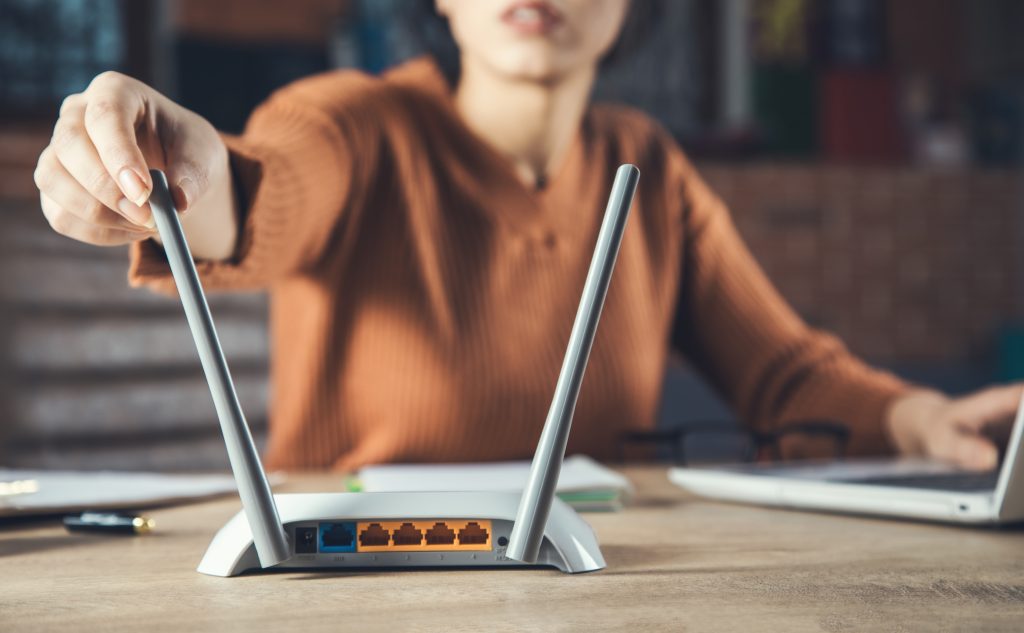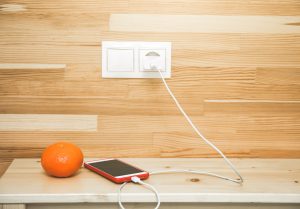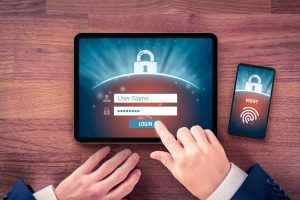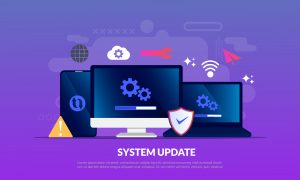
Have you already shredded the paper and ripped off the plastic? Or are you beyond doing that…even if you are overjoyed whenever you get a new electronic tool from someone or somewhere?
Tool does sound so much better than gadget, doesn’t it? And yes, “somewhere” was intentional. I know many of us buy new iPads and tablets, wearables and more for ourselves. After all, most of us prefer one operating system over another, as well as certain hardware manufacturers over others.
If you’ve broken the seal and have already unboxed whatever it is that you received, I want you to hit the pause button.
Right now.

Please, in the hustle and bustle, take a few moments to make sure that before you fire up that new device or—if you are lucky enough—devices, to consider their security. Doing so could mean the difference between enjoying them on your days off and in the coming year or cleaning up the aftermath from malware or something worse.
First things first, please make sure that you follow the manufacturer’s recommendation for charging the device if that’s required. Doing this may mean waiting to set up the device, but it will maximize battery life. If you’ve ever had to stop midday to recharge a smartphone with a battery that’s reached the end of its life or been tethered to a power adapter with a laptop, think back to how you felt. I’m sure repeating that experience isn’t on your bucket list.

Once the battery is charged and you’re ready to begin setup, use the quick list below to improve your security. Keep in mind this list isn’t all-inclusive.
You may have to consider additional security measures, depending on the type of device and how you will use it, especially if the device will be subject to BYOD (Bring Your Own Device) policies.
Connection – If the device will be connected to the Internet, take a minute to think about that connection.
- When was the last time you updated the hardware?
- When did you last update your router’s firmware?
- Are you still using the default password from the manufacturer?
- Can your wireless password be easily guessed?

Account – Usually one of the first steps in any new device setup is to link the device to an online account.
- Use an account that you know you will have (or expect to have) access to while you own the device.
- Resist the urge to use a social media account. While convenient, using one account to access multiple other accounts/devices means that if your social media account is compromised, all the linked accounts/devices could also be compromised.
- Update your password on the account, if necessary. If you haven’t logged into the account in a while, you might find you are prompted to change your password because it doesn’t meet new password requirements.
- If available, enable multi-factor authentication on the account.
Updates – Though many manufacturers now force new devices to auto-update as soon as they connect to the Internet, that’s not always the case.
- Download and install firmware updates unless you have a specific (and good) reason to not do so.
- Resist the urge to click “Remind Me Later” for operating system and other software updates, especially if they are related to security. Take the time to download and install them before you begin using the device.

Maintenance – While you’re waiting for the updates to download and install, make a plan for maintaining the device and data. Map out the following:
- The endpoint and malware detection and removal tools you will use, if needed. (This post is meant for computing devices, but is also applicable to gaming and other devices, some of which may not require or allow this type of protection.)
- What backup solution(s) you will use for the data on the device and whether those solution(s) need to be upgraded. Do you have enough space in your Google Drive, iCloud, or Dropbox, for example?
- When you will perform maintenance tasks such as full scans, updates, backups, and optimization. Also be sure to think about when you will periodically go through and delete the apps and data you no longer need. Remember, storage is like closet space – the more you have, the more “digital stuff” you will acquire and save not because you need it but because you can.
Now…go have some fun!
Happy Holidays!

